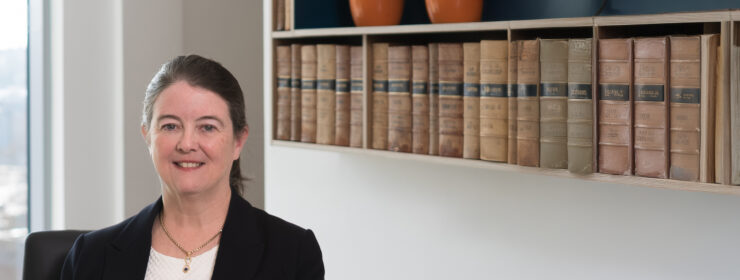On Saturday 30 January the Government launched a consultation on the partial revision of the National Planning Policy Framework (NPPF). The consultation closes at 11:45pm on 27 March 2020.
What is it about?
The consultation relates to design of “places” (not “development”) and to the National Model Design Code (NMDC). Elements of the NPPF relating to climate change and flooding are also to be tweaked, along with some small changes for clarification and in response to legal decisions, but it is far from a comprehensive review. This is not a review arising from last summer’s consultation on a proposed sweeping review of the planning system, though it is consistent with elements of the proposals; it is the result of the Building Better Building Beautiful Commission report, “Living with Beauty”. A more comprehensive review is sure to follow.
Sustainable development and design
The theme running through the changes relates to sustainability and design and this short article draws together the threads of the changes which represent a move to more closely intertwine sustainable development and design.
The goal of sustainable development remains in place under the proposals, but a reference has been added in to 17 Global Goals for Sustainable Development in the period to 2030 agreed by the United Nations. These 17 goals address the three familiar fundamental elements of sustainable development – economic well-being, social progress and environmental protection.
In the current NPPF, plans are required to seek to meet the development needs of their area and to be flexible enough to adapt to rapid change. Under the new proposals, they will need to promote a sustainable pattern of development that meets the need of the area, aligns growth and infrastructure, improves the environment and mitigates climate change, including by making effective use of land in urban areas. This places a significantly greater emphasis on some key elements of sustainable development and appears to demand significantly higher standards from plan making in terms of sustainable development.
The guidance on strategic polices is to be amended to place more emphasis on the design of “places” – moving away from a reference to “development” and indicating a more holistic approach to design, which is further emphasised by an adjustment to the time scale of plans where new settlements are proposed. In these cases, the plan needs to set a vision looking at least 30 years ahead to take account of the timescales for delivery.
There is a greater emphasis on the use of master plans and design codes to secure good design and “beautiful” homes, and the use of area-based character assessments to help to ensure that land is used efficiently and to create beautiful and sustainable places.
There is a definite move towards the requirement to achieve beauty alongside sustainability and an encouragement to involve local people in a process, leading to the production of design codes and guides consistent with the national design guidance and NMDC to provide a local framework for design. They can be area-wide or site-specific and can be provided by the council or by developers, but in all cases they should be produced early and must be subject to community engagement. There is a strong incentive to have them because where they do not exist, the national documents will be used to guide decisions on applications. Where they do exist, compliance with them will carry significant weight and those proposals which do not comply “should be refused”.
It remains the case that beauty is difficult to define, but under this guidance development will be “beautiful” if it complies with the local design codes and guides, so developers with significant projects in mind will want to have a part in determining those codes, as will the local people.
Sustainability is more easily defined than beauty and there is further clarity as to some elements of sustainability that will need to be addressed in successful planning applications:
- It is expected that there will be a genuine choice of transport modes for larger developments and provision of attractive clear and legible pedestrian and cycle routes.
- Open spaces and green infrastructure will be important and the emphasis has been adjusted to reflect the role of such spaces in relation to biodiversity and climate change.
- Streets are to be tree lined, with trees also incorporated into developments and retained where possible.
- Flood risk (from any source) is to be managed as far as possible using natural flood management techniques.
- Opportunities to incorporate biodiversity improvements in and around other developments should be pursued as an integral part of their design and encouraged, especially where this can secure measurable net gains for biodiversity and enhance public access to nature.
Summary
This consultation does not include radical changes in relation to design and sustainability, but it does represent a continued move towards improved design and place making, with an emphasis on design codes, master plans and public involvement. It introduces a requirement to achieve the normally subjective concept of beauty. For developers and local people alike this will require an early engagement with the design of the built environment, public access and transport, the natural environment, climate change and flooding, to produce a comprehensive design that ticks all the boxes for beauty and sustainability by complying with local and/or national guidance and relevant policy.
Please contact a member of our Planning and Environment Team to find out how they can help you with your planning matters.
The content of this article is for general information only. It is not, and should not be taken as, legal advice. If you require any further information in relation to this article please contact the author in the first instance. Law covered as at February 2021.








